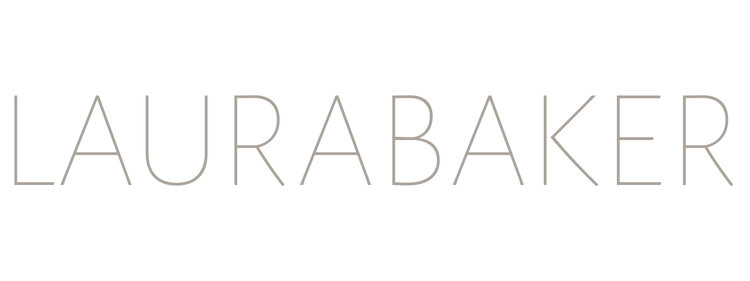The arts sector is increasingly experimenting with pricing strategies such as ‘exit fees’ in museums and ‘pay what you decide’ for the performing arts. What are the pros and cons of these pricing strategies in the arts compared to the usual ‘fixed price’ approach?
The ‘pay what your decide’ (PWYD) pricing strategy is an interesting experiment for arts organisations and it is encouraging to see ARC achieve an increase in audience (58%), box office income (82%), and new audiences (from 5.9% to 10%). Likewise, exit fees at museums are proving successful in controlling overcrowding and allowing patrons greater control over the amount of time they spend in the space relating to the price they pay for the experience.
Pros:
removes cost barriers for price sensitive audiences. PWYD provides greater accessibility to those who could not afford previous ticket prices. Exit fees allow audiences who are only attending the museum space for a short period of time to pay accordingly.
both pricing strategies lower risk for audiences who are unsure of receiving value for their time and money.
By allowing audiences to pay after their arts experience, audience satisfaction can be measured directly by the revenue of a performance and by how long museum patrons have spent in the space.
Cons:
there is a risk of devaluing a performance or museum experience with some audience members choosing not to pay for their experience or to rush through the space in order to pay as little as possible.
the arts organisation will need to provide clear information regarding pricing strategies to ensure the audience is understands the process.
budgeting and forecasting will take time to adjust without set ticket prices.
